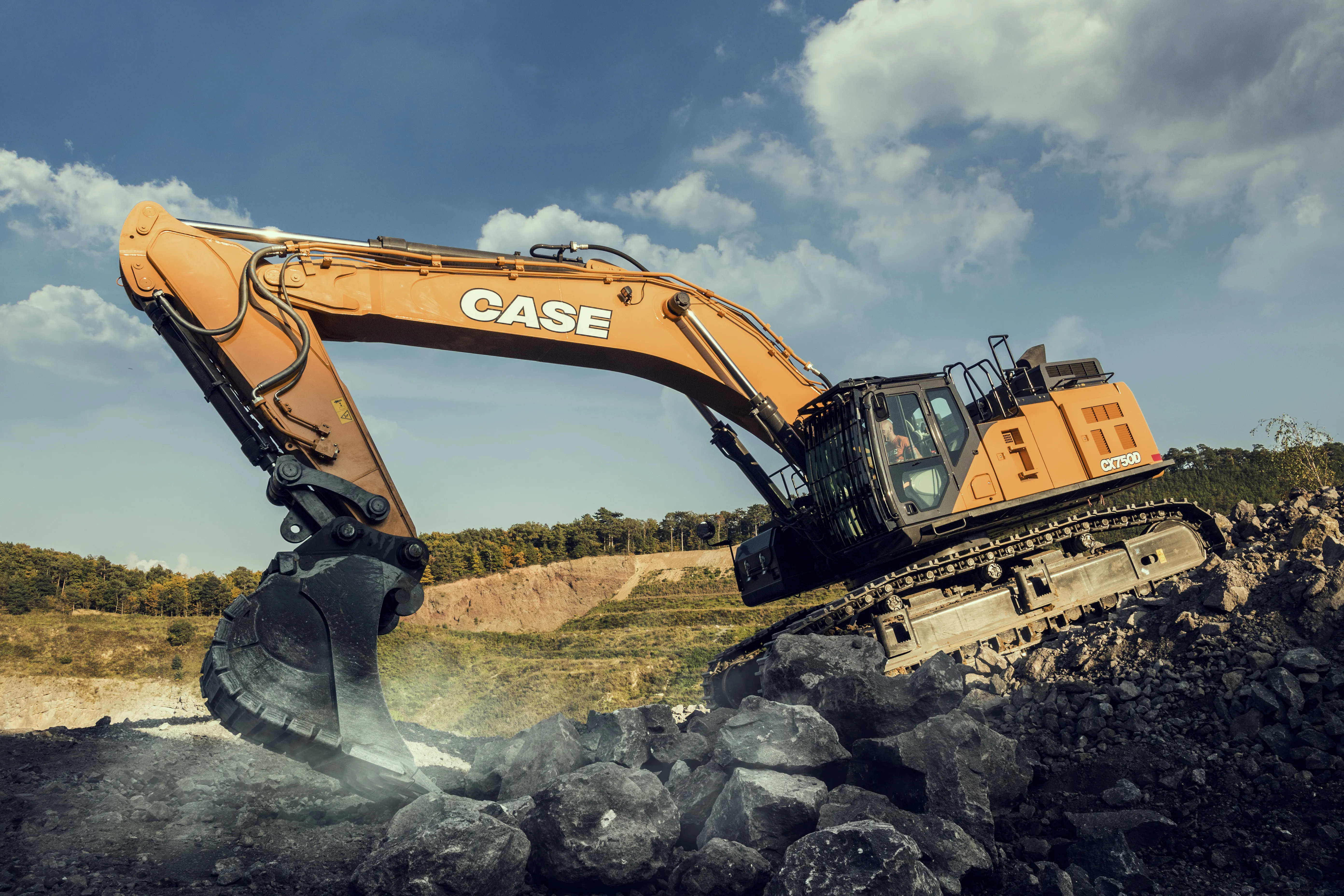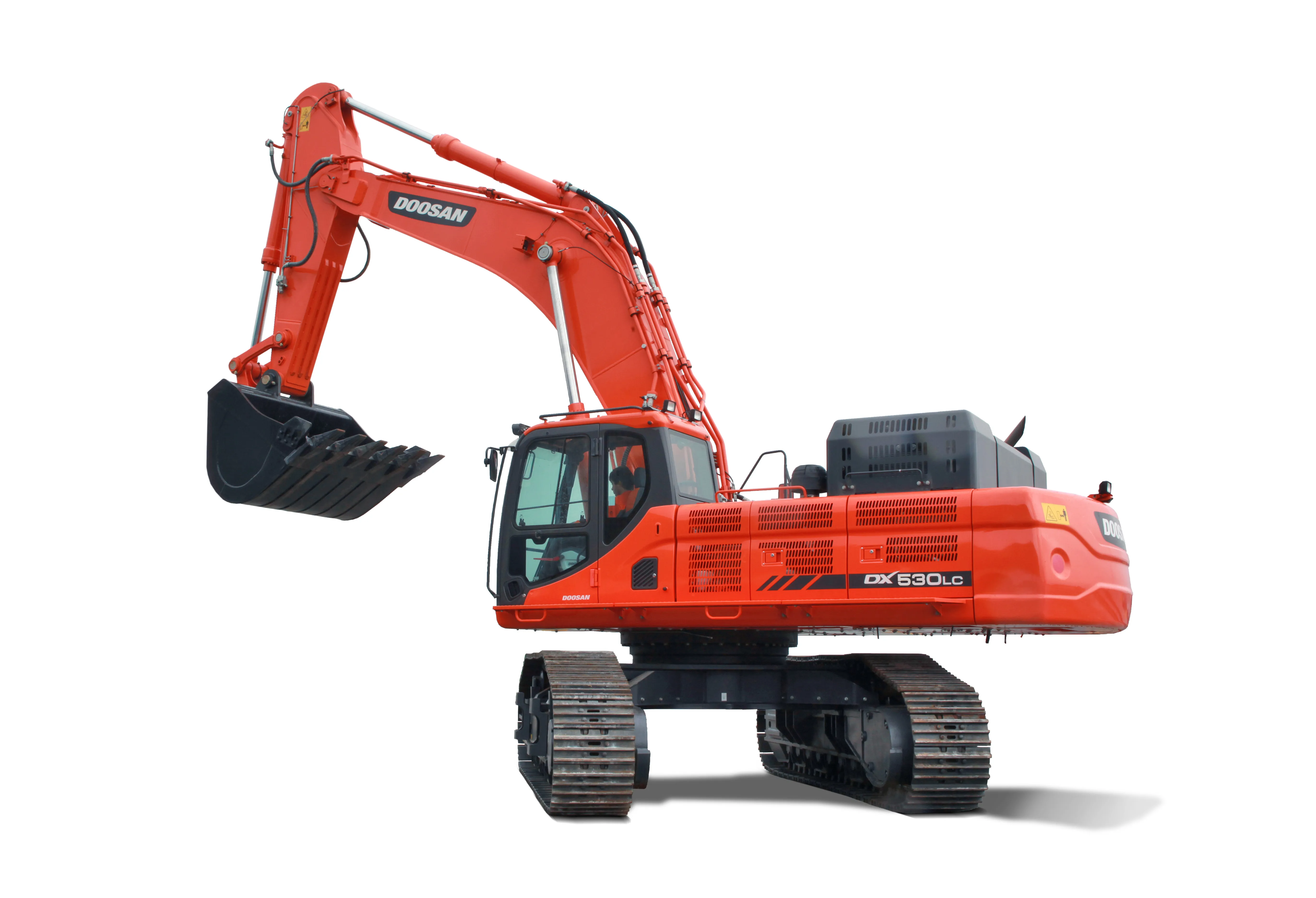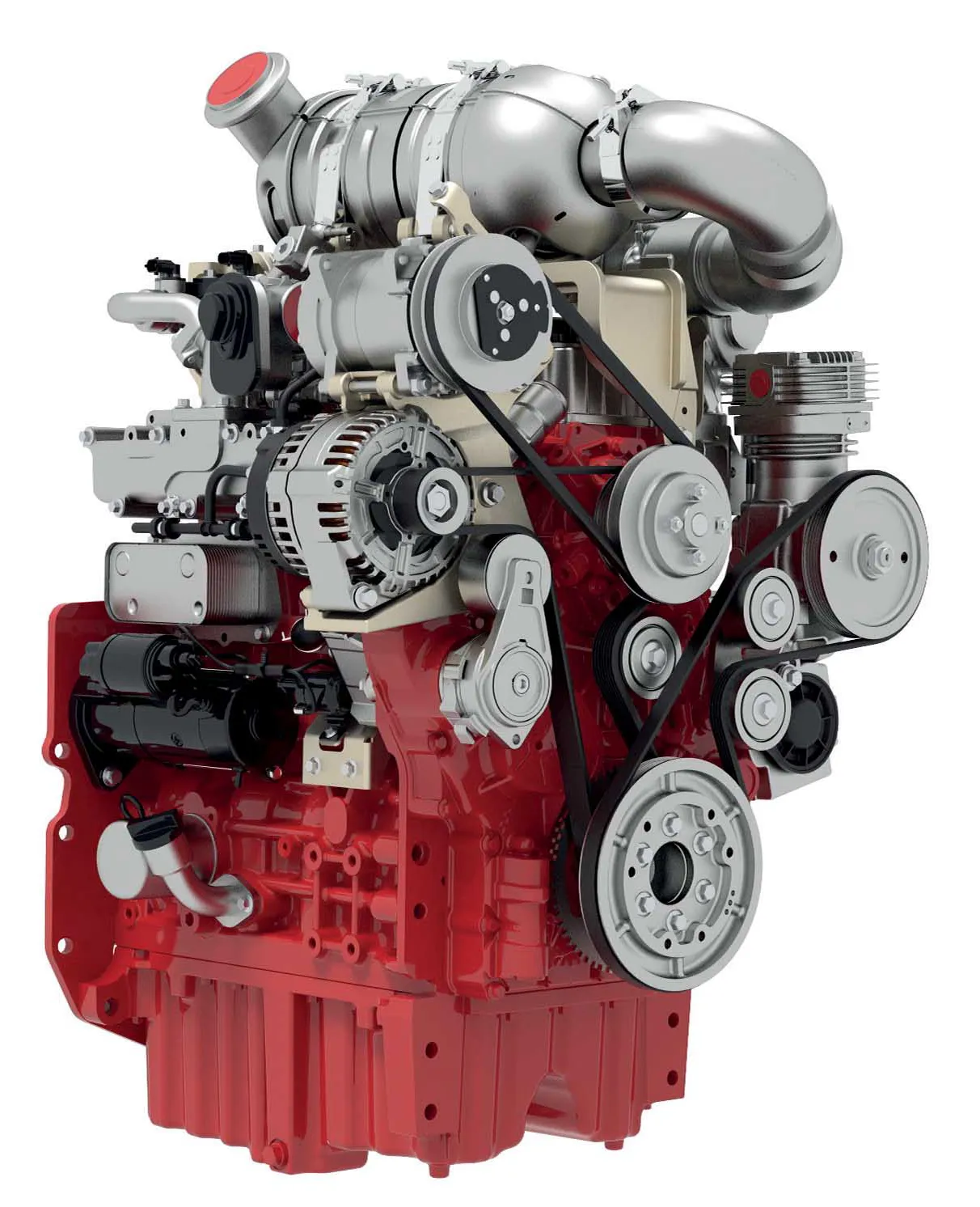CASE Construction Equipment’s (CASE) CX750D crawler excavator is the largest and most powerful machine in the brand’s excavator range. The CX750D is said to deliver best-in-class productivity, operating at 381kW with up to 366kN of bucket digging force. It meets Tier 4 Final standards with minimal maintenance, no diesel particulate filter (DPF), no DPF regeneration or associated lifetime service costs. The undercarriage and front attachment have been reinforced in most of the D Series: in particular, the CX
March 7, 2018
Read time: 2 mins

With the 750 excavator CASE wanted to keep close to the CX700 model in terms of ease of transportability, while having similar high levels of productivity and performance to a CX800 unit. The model offers lower fuel consumption, bigger pump and improved hydraulics compared to predecessors.
Also being unveiled is the CX300D 30tonne crawler excavator, said to deliver best-in-class performance even in the tough conditions of quarries.









